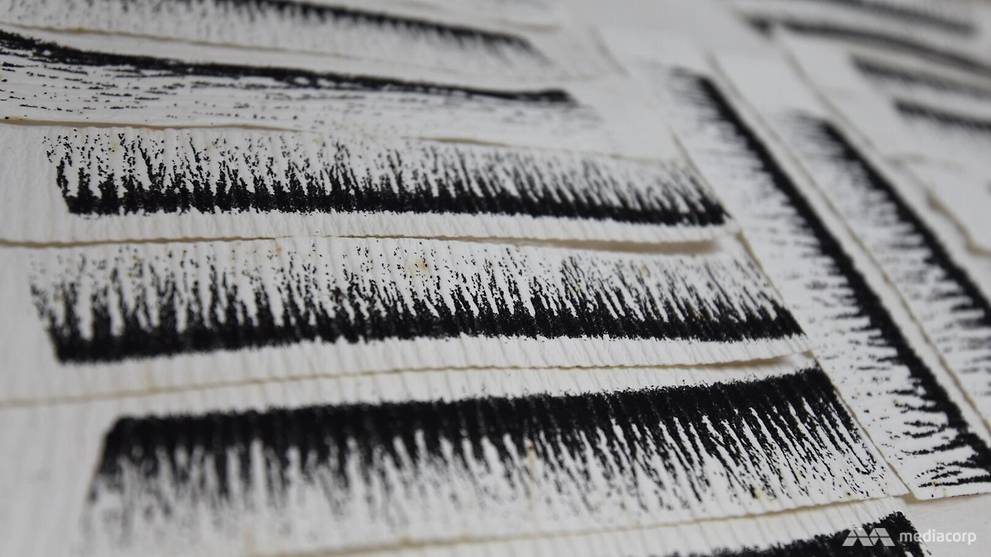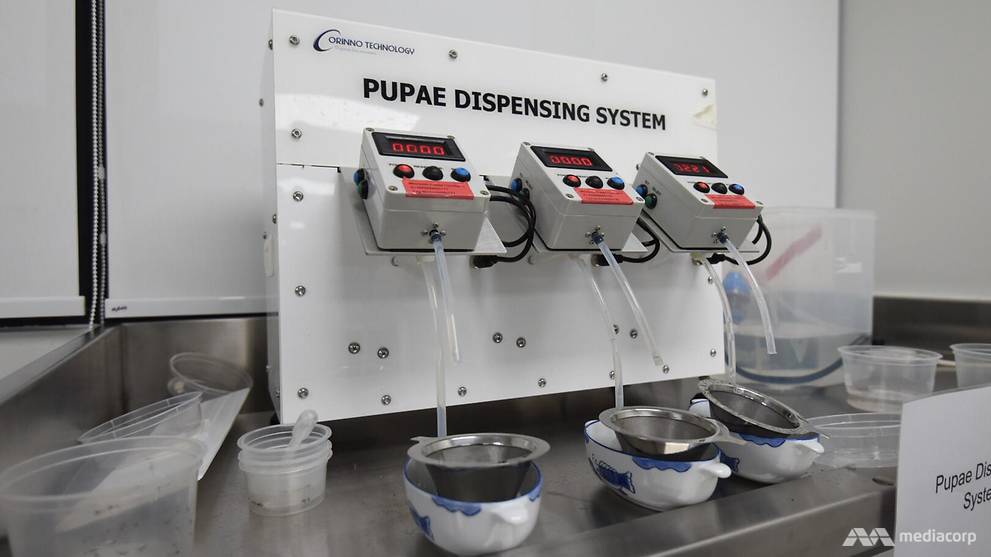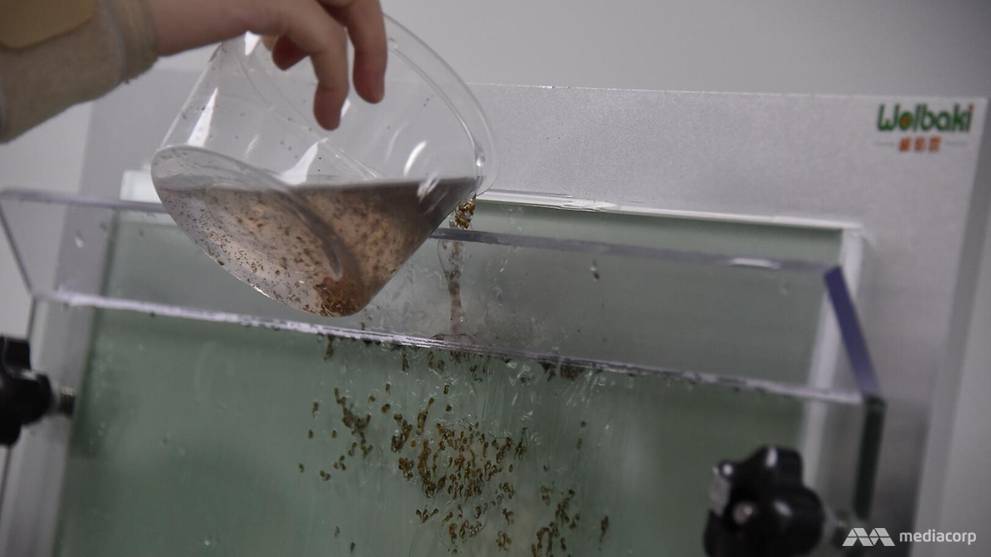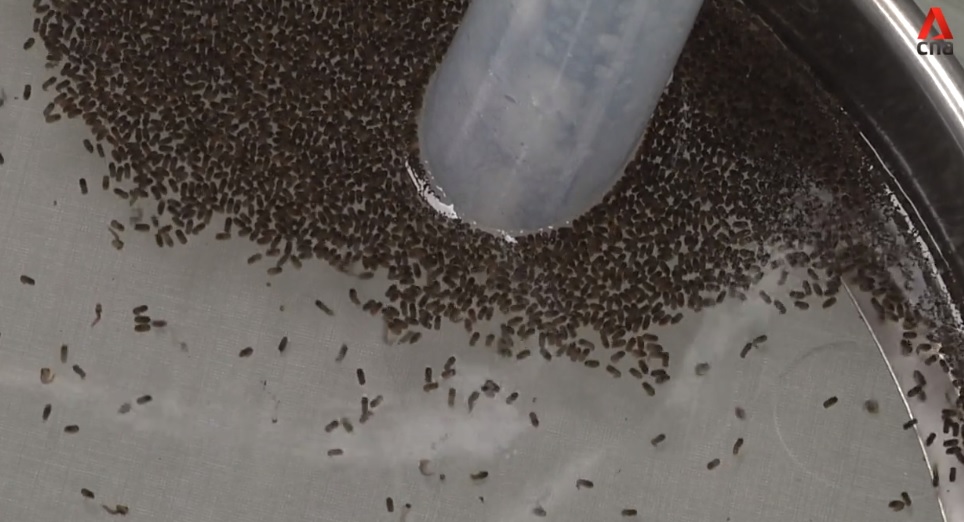SINGAPORE: A new S$5 million mosquito production facility opened on Monday (Dec 2), as part of the National Environment Agency's (NEA) latest efforts to combat dengue.
This comes in the wake of a surge of dengue cases in Singapore this year, with close to 15,000 cases and 20 deaths reported, said Senior Minister of State for Environment and Water Resources Amy Khor, who spoke at the opening.
Dr Khor said that global warming and climate change would likely worsen Singapore's dengue situation.
"This is because mosquitoes breed faster at higher temperatures, and the dengue virus also replicates faster, allowing it to be transmitted more efficiently," she said.
READ: Bigger Aedes mosquito population identified as key reason for surge in dengue cases
READ: More mosquitoes or mutating virus? Experts have different views on dengue spike
With 10 times the production capability of NEA's previous Neythal Road facility, the new Ang Mo Kio facility hopes to eventually produce five million mosquitoes a week, crucial to helping NEA meet its goal of expanding Project Wolbachia field trials.

Project Wolbachia involves infecting male aedes aegypti mosquitoes with Wolbachia bacteria, so that when it mates with a female, the eggs will not hatch. Male Wolbachia-infected mosquitoes also do not bite.
Project Wolbachia entered its fourth phase in November 2019, expanding trials to 284 residential blocks at Tampines West and Nee Soon East. Previously, phase 3 covered 144 residential blocks in the same areas and achieved a 90 per cent suppression rate.
READ: Project Wolbachia still in study phase, will not be deployed in dengue clusters: NEA
HIGHLY AUTOMATED FACILITY
The new facility at Techplace II involves the use of automation to drastically reduce the time needed to produce male Wolbachia-carrying mosquitoes.
The devices will free up the time spent on "tedious and repetitive work", said NEA CEO Tan Meng Dui on Monday.

A larvae counter will reduce the time needed to count larvae manually by up to 40 times, while a pupae sorter will reduce the time needed to separate male and female pupae manually by up to 20 times.
Other technologies such as an automated feeding system, a compact rearing rack to grow pupae and a mosquito launcher helps NEA officers to increase the number of mosquitoes harvested and released in a shorter period of time.
There is also a water recycling system that allows NEA to recover up to 70 per cent of waste water from the facility.
"This facility serves multiple functions," said Mr Tan.
"Besides providing us with the scalability we need to expand male Wolbachia-aedes mosquito releases, it also serves as an incubator and test bed for innovative solutions, and provides a space for learning and mutual exchange of ideas."

A system to inject low-dose radiation into Wolbachia-aedes aegypti female mosquitoes was also developed in conjunction with the International Atomic Energy Agency.
The radiation will make any Wolbachia-carrying females that are accidentally sorted with male pupae infertile, as the Project Wolbachia technology depends on breeding Wolbachia-carrying males with non-Wolbachia-carrying females.

While effective, Dr Khor noted that Wolbachia technology is not "a silver bullet for dengue control".
"Wolbachia is meant to enhance, not replace, our existing vector control strategies, which are focused on source reduction," she said.
Source: CNA/cc(rw)

 21
21 